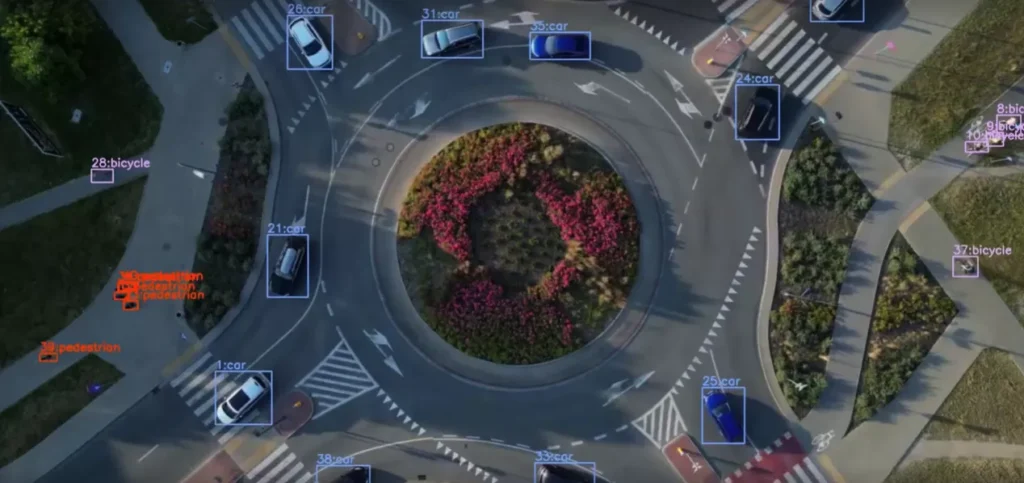
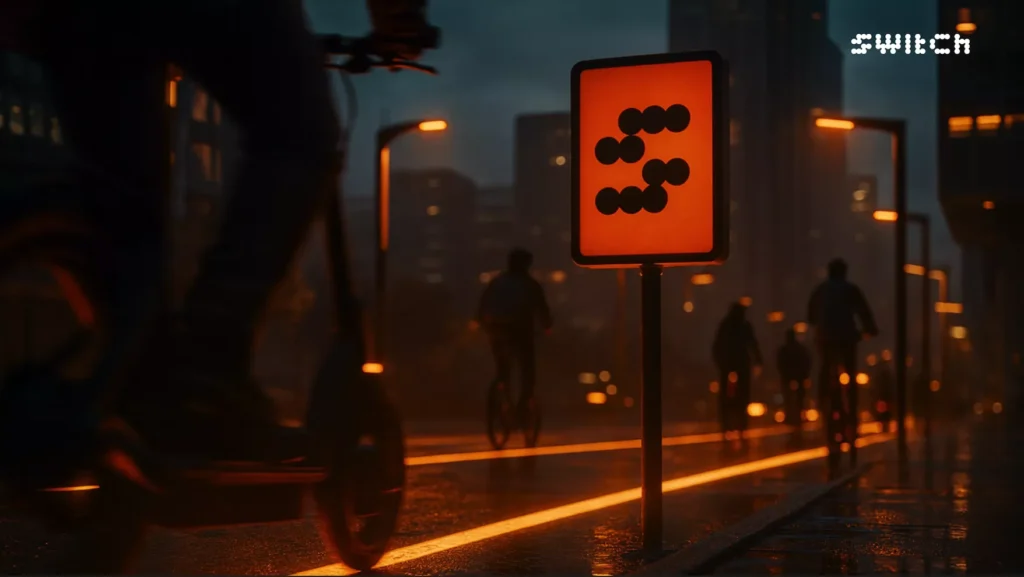

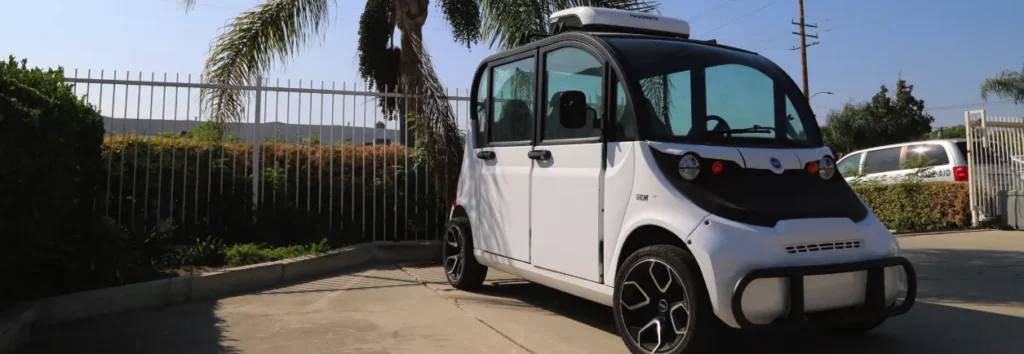
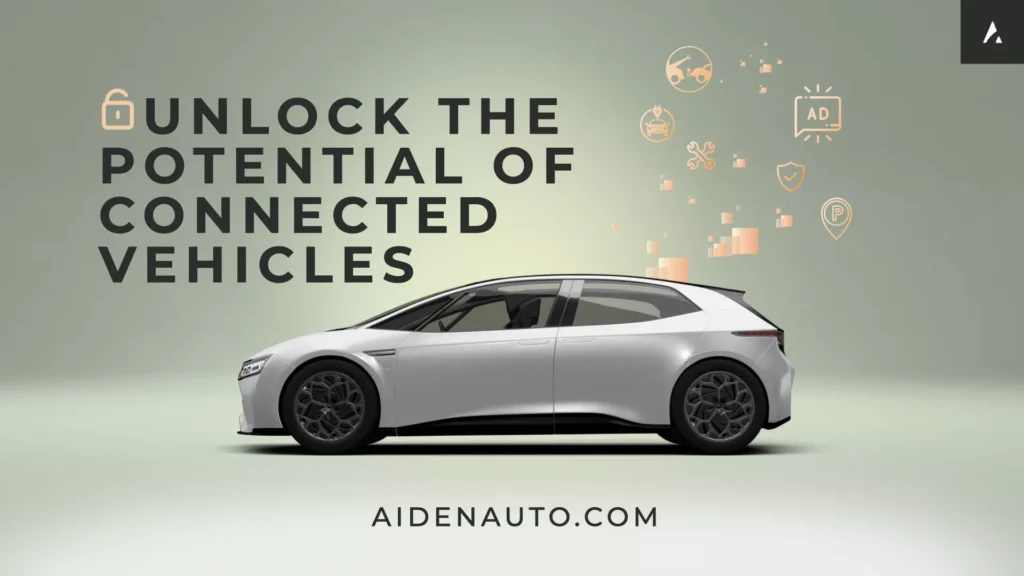





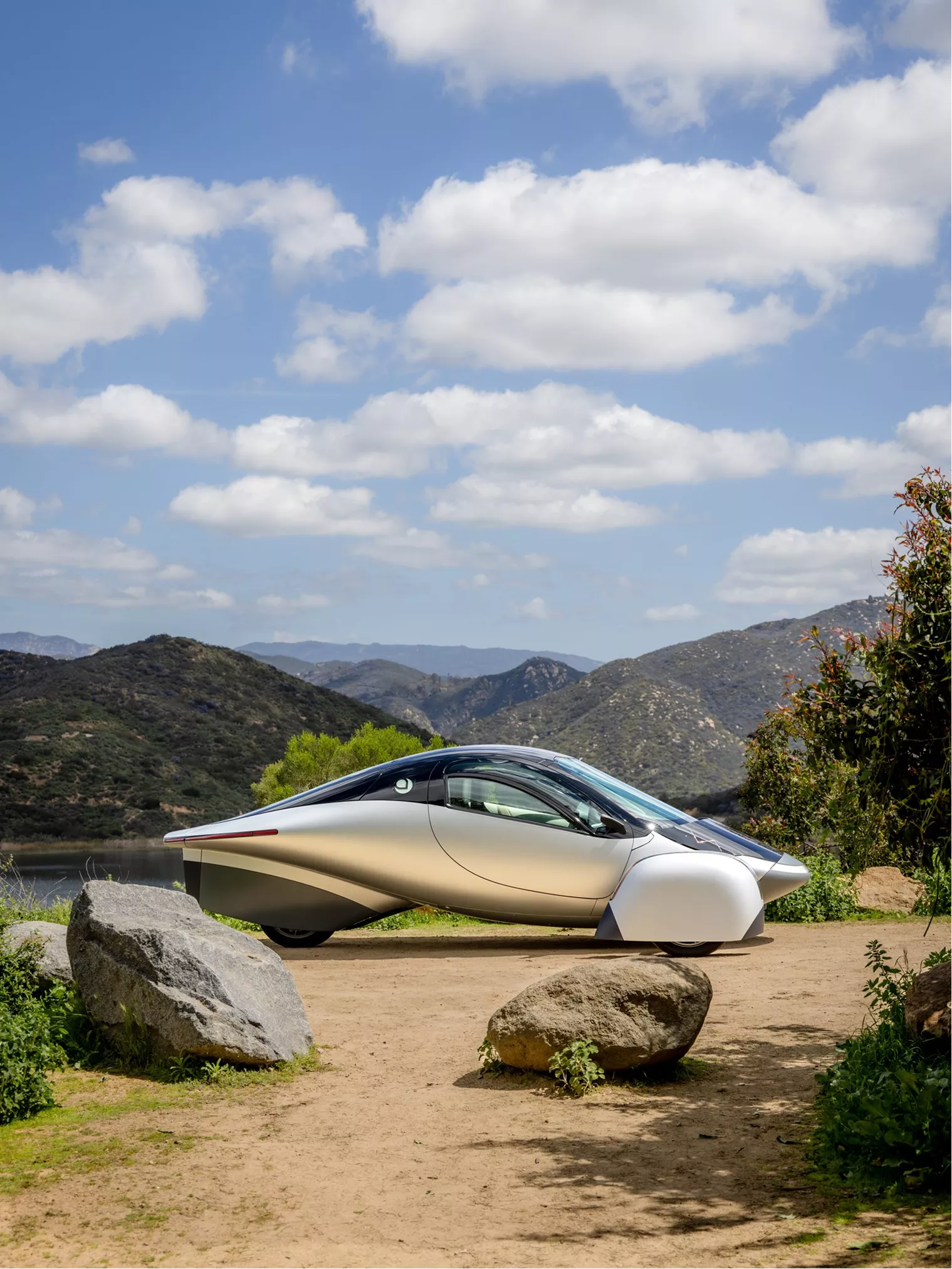
From EVs and batteries to autonomous vehicles and urban transport, we cover what actually matters. Delivered to your inbox weekly.

Independent testing in Australia has found that electric vehicles from Tesla, BYD, Kia, and Smart consistently fall short of their advertised driving range, raising new questions about how EVs perform once they leave controlled testing environments.
The tests simulated typical Australian driving conditions and involved five EV models from the four automakers. All of them underperformed compared to their official range claims. In some cases, the shortfall was minimal. In others, it was enough to potentially sway a buyer’s decision—underscoring how critical accurate range expectations are at a moment when EV adoption is gaining momentum but range anxiety remains a top concern.
Standardized lab tests used by manufacturers—often based on European or U.S. testing cycles—don’t account for real-world variables like traffic, elevation, outdoor temperature, and the use of in-car features such as heating or air conditioning. That disconnect is especially relevant in Australia, where long distances and patchy charging infrastructure outside major cities make range accuracy more than a footnote—it’s core to usability.
For Australian drivers, even a 10% drop in expected mileage can complicate route planning or require additional charging stops. These aren’t minor inconveniences—they’re deal-breakers for some buyers, especially in regional areas.
The broader implications? Automakers may face increasing scrutiny over how they communicate range data. Regulators could consider new rules for labeling real-world performance. Most of all, consumer confidence is on the line. Misaligned expectations erode trust, and in a competitive EV market, trust is currency.
As global EV sales climb, real-world range is no longer a back-end technical detail. It’s a defining metric for brand credibility and market share.